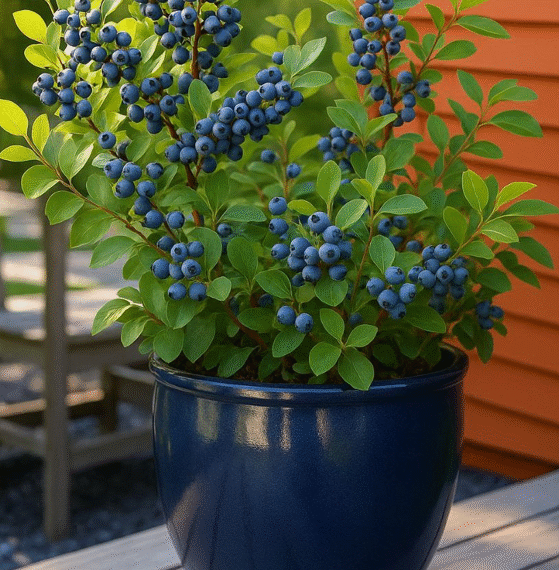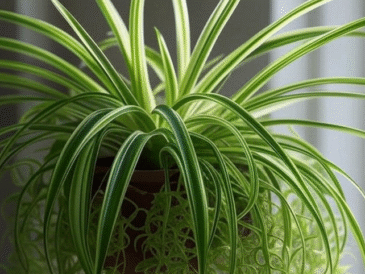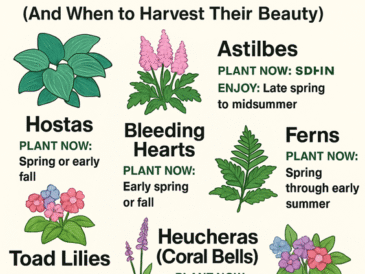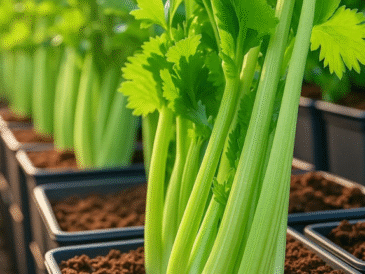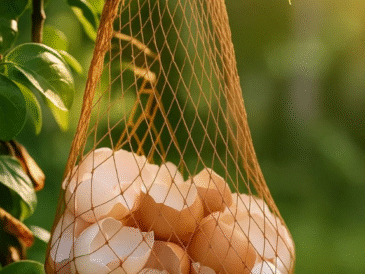Unlock the secrets to cultivating a thriving blueberry harvest with expert pruning techniques. Pruning is a pivotal aspect of blueberry cultivation that holds the key to healthier plants and a bountiful yield. This comprehensive guide delves into the nuances of when and how to prune your blueberry bushes, equipping you with the knowledge to nurture robust growth and maximize fruit production.
Why Pruning Blueberry Bushes Matters
Proper pruning plays a vital role in the overall health and productivity of blueberry plants. By removing dead wood and shaping the plant for optimal airflow and sunlight exposure, pruning:
- Encourages strong new growth
- Improves berry size and quality
- Reduces the risk of disease
- Extends the productive life of the plant
Without regular pruning, blueberry bushes can become overgrown, reducing their fruiting potential and increasing susceptibility to pests and fungal issues.
Best Time to Prune Blueberry Bushes
Late Winter to Early Spring: The Ideal Pruning Window
The best time to prune blueberry bushes is late winter to early spring, while the plant is still dormant. This period typically falls between late February and early March, depending on your climate zone.
Dormant-season pruning:
- Minimizes stress on the plant
- Allows cuts to heal before new growth begins
- Focuses the plant’s energy on developing fruitful shoots
Avoid pruning too early in winter, as exposed cuts can be damaged by freezing temperatures. Likewise, pruning too late in spring may interfere with the upcoming growing season.
Tools You’ll Need for Pruning
Having the right tools ensures clean cuts and prevents damage to the plant. Keep your tools sharp and sanitized to reduce the risk of spreading disease.
Essential pruning tools include:
- Pruning shears (secateurs) for small to medium branches
- Loppers for thicker or older canes
- Gardening gloves for hand protection
- Rubbing alcohol or a bleach solution for sanitizing blades between plants
How to Prune Blueberry Bushes: Step-by-Step Guide
Step 1: Start with Maintenance Pruning
Maintenance pruning involves removing dead, damaged, or weak growth to maintain a healthy structure. It should be done annually for the best results.
Here’s how:
- Cut out dead or brittle canes and stems with visible disease or pest damage.
- Remove crossing or inward-growing branches to open up the canopy.
- Thin out excessive growth to improve air circulation and sunlight exposure.
- Trim low-hanging branches that may touch the ground and invite disease.
Goal: Create a vase-shaped plant with an open center to allow air and light to penetrate.
Step 2: Perform Renewal Pruning (Every 3–4 Years)
Renewal pruning helps reinvigorate older bushes and sustain long-term productivity.
Instructions:
- Identify and remove the oldest canes, typically those that are 6 years or older.
- Leave behind 4 to 6 healthy, productive canes of mixed ages.
- Make clean cuts at the base of the plant or slightly above soil level.
If the bush is overly woody and underproducing, consider hard pruning all canes down to the ground. This rejuvenation method sacrifices fruit for a season but stimulates vigorous new growth for future harvests.
Tips to Maximize Your Blueberry Harvest After Pruning
Enhancing your post-pruning care helps support recovery and boosts future yields.
- Fertilize Appropriately
Apply a balanced fertilizer formulated for acid-loving plants, following label directions based on the age and size of your bush. - Mulch Generously
Use pine needles, bark mulch, or sawdust to suppress weeds, retain soil moisture, and regulate temperature. - Water Regularly
Blueberries prefer consistently moist—but not soggy—soil. Deep watering is crucial, especially during dry spells or fruiting season. - Monitor for Pests and Diseases
Check the base and new shoots for signs of insects or fungal growth, and address issues promptly using non-toxic or organic methods. - Avoid Over-Fertilizing
Too much nitrogen can lead to lush leaf growth at the expense of fruit production.
Common Pruning Mistakes to Avoid
To ensure the best outcomes, steer clear of these common errors:
- Pruning at the wrong time: Late-season pruning can reduce fruit production.
- Over-pruning young plants: Let them establish for 2–3 years before heavy pruning.
- Leaving the center dense: Poor airflow leads to disease.
- Not removing dead wood: It can harbor pests and reduce yield.
Conclusion: Prune with Purpose for a Bountiful Blueberry Harvest
Mastering the art of pruning blueberry bushes is a cornerstone of successful home gardening. With careful timing, proper technique, and ongoing care, you can enjoy a vibrant, fruit-laden blueberry patch season after season. Whether you’re a backyard grower or building a berry business, effective pruning sets the stage for optimal yield and plant vitality.
